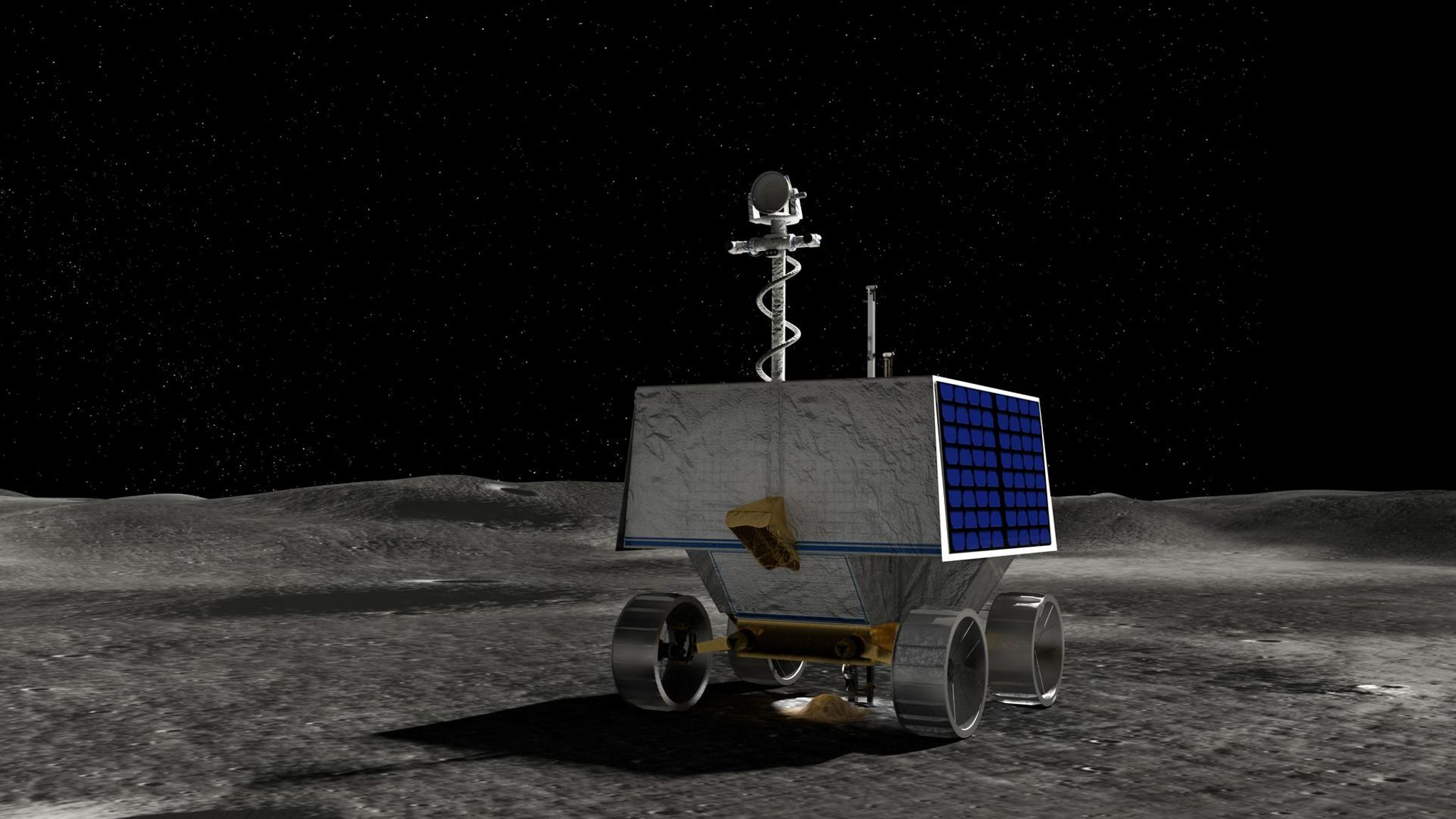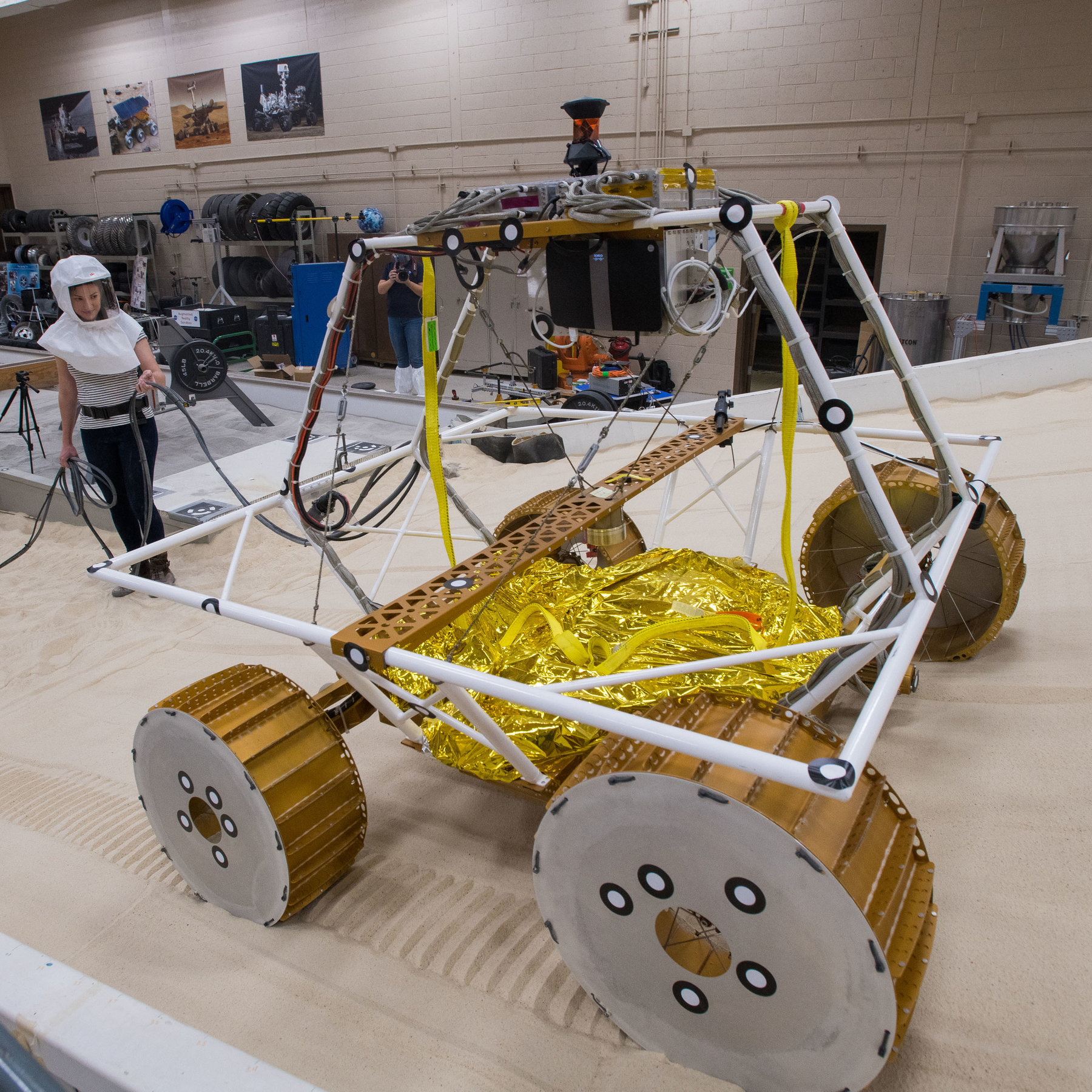NASA Offering To Put You On The Moon With The VIPER Rover
NASA offering to put you on the moon with the VIPER Rover. NASA is extending an invitation for individuals to submit their names for inclusion on the surface of the moon via the agency's inaugural robotic lunar rover, VIPER (Volatiles Investigating Polar Exploration Rover).
Author:Rhyley CarneyReviewer:Paula M. GrahamJan 08, 202418.4K Shares256.8K Views

NASA offering to put you on the moon with the VIPER Rover. NASA is extending an invitation for individuals to submit their names for inclusion on the surface of the moon via the agency's inaugural robotic lunar rover, VIPER (Volatiles Investigating Polar Exploration Rover).
Scheduled for a mission to the lunar South Pole, VIPER aims to unravel the mysteries surrounding the Moon's water and enhance our understanding of the environment, which is critical for NASA's upcoming Artemis program, which plans to land the first woman and the first person of color on the lunar surface.
Participating in the "Send Your Name with VIPER" initiative allows individuals to have their names affixed to the rover. Submissions will be accepted until 11:59 p.m. EST on March 15. NASA will then gather the names and securely attach them to the VIPER rover before its lunar exploration mission commences.
To add your name, visit: https://www.nasa.gov/send-your-name-with-viper
Participants in the campaign can also generate and download a virtual keepsake - a boarding pass for the VIPER mission that includes their name - to commemorate this unique experience. NASA encourages participants to share their involvement on social media by using the hashtag #SendYourName.
NASA's Invitation For Global Participation
"With VIPER, we are going to study and explore parts of the Moon's surface no one has ever been to before - and with this campaign, we are inviting the world to be part of that risky yet rewarding journey," said Nicola Fox, associate administrator, Science Mission Directorate at NASA Headquarters in Washington.
“„Just think: Our names will ride along as VIPER navigates across the rugged terrain of the lunar South Pole and gathers valuable data that will help us better understand the history of the Moon and the environment where we plan to send Artemis astronauts.- Nicola Fox
Similar to previous NASA initiatives, this campaign follows the tradition of allowing tens of millions of participants to send their names on exciting journeys, such as aboard Artemis I, various Mars spacecraft, and the upcoming Europa Clipper mission. This practice reflects NASA's longstanding tradition of including inspirational messages on spacecraft exploring our solar system and beyond.
VIPER - A Groundbreaking Lunar Mission
"Our VIPER is a game-changer," said Daniel Andrews, VIPER's project manager at NASA's Ames Research Center in California's Silicon Valley.
“„It's the first mission of its kind, expanding our understanding of where lunar resources could be harvested to support a long-term human presence on the Moon.- Daniel Andrews
Astrobotic Technologies' Griffin Mission One, slated for late 2024, will transport VIPER to the lunar surface. The launch is set to take place aboard a SpaceX Falcon Heavy from Cape Canaveral Space Force Station in Florida.
Upon reaching the moon, VIPER will utilize its solar panels and batteries to endure the approximately 100-day mission, facing extreme temperatures and challenging lighting conditions. Throughout this period, the rover will operate a suite of scientific instruments, collecting data on the properties and concentrations of lunar ice and other potential resources.
NASA's Broader Moon And Mars Exploration Goals
NASA's delivery of VIPER is integral to its Commercial Lunar Payload Services (CLPS) initiative under the Artemis program. Through CLPS and human exploration missions near the lunar South Pole, NASA is establishing a consistent schedule of Moon missions as a precursor to sending the first astronauts to Mars.
VIPER is a part of the Lunar Discovery and Exploration Program (LDEP), overseen by the Science Mission Directorate at NASA's headquarters and executed through the Exploration Science Strategy and Integration Office. The mission is managed by NASA Ames, which also leads the science, systems engineering, real-time rover surface operations, and flight software aspects. The rover's hardware is crafted by NASA's Johnson Space Center in Houston, while the instruments are contributed by NASA Ames, Kennedy Space Center in Florida, and the commercial partner Honeybee Robotics in Altadena, California.

Rhyley Carney
Author

Paula M. Graham
Reviewer
Latest Articles
Popular Articles
